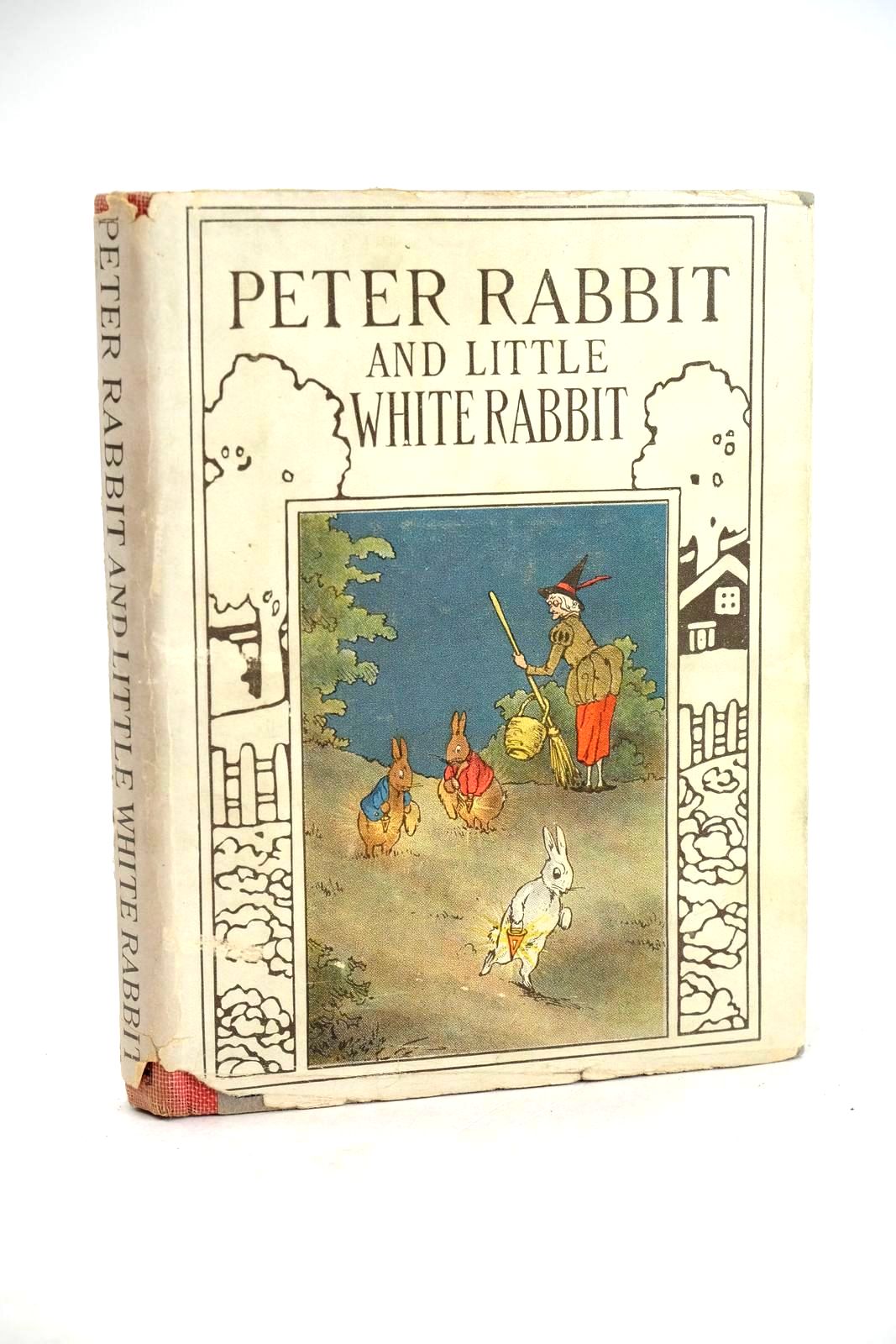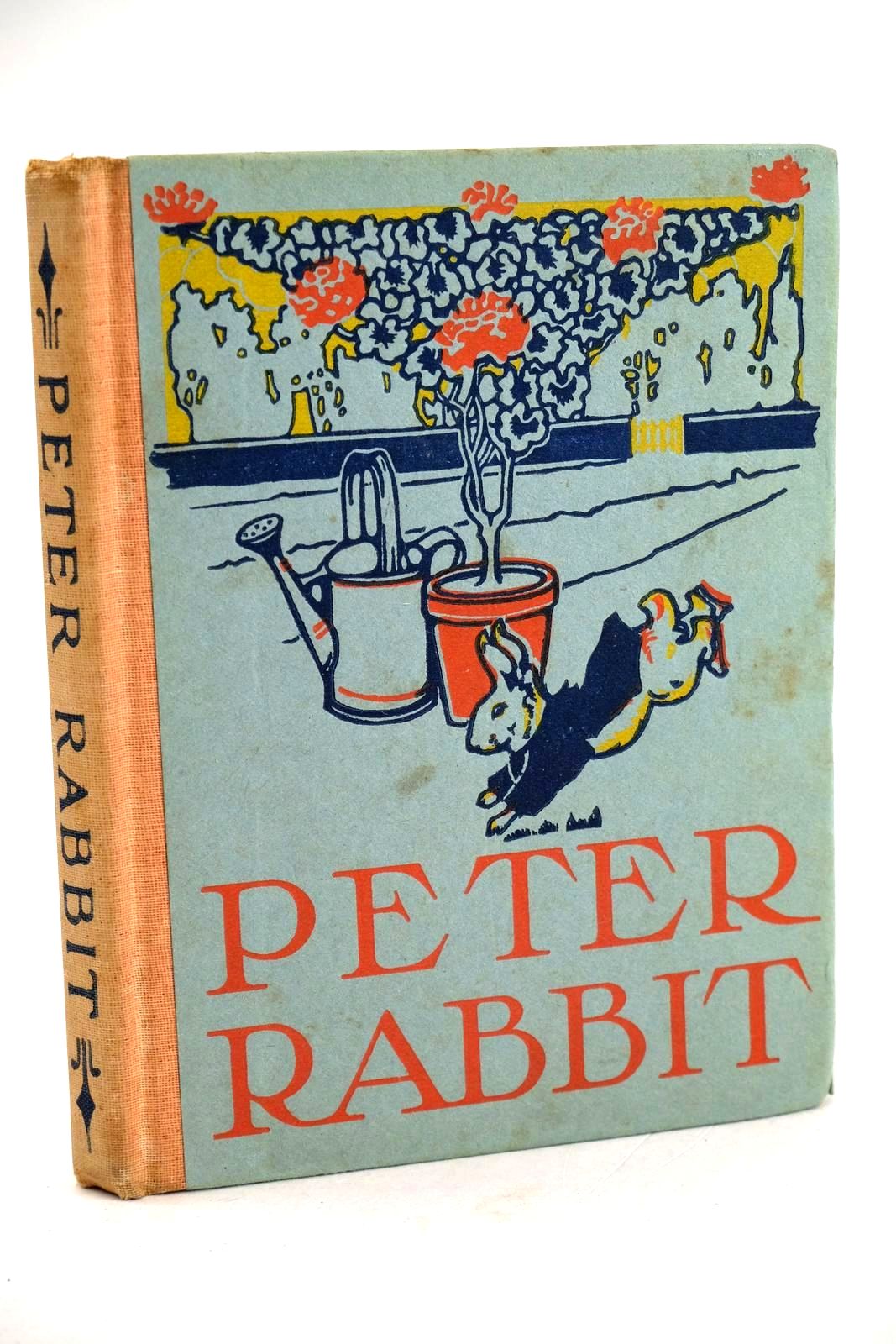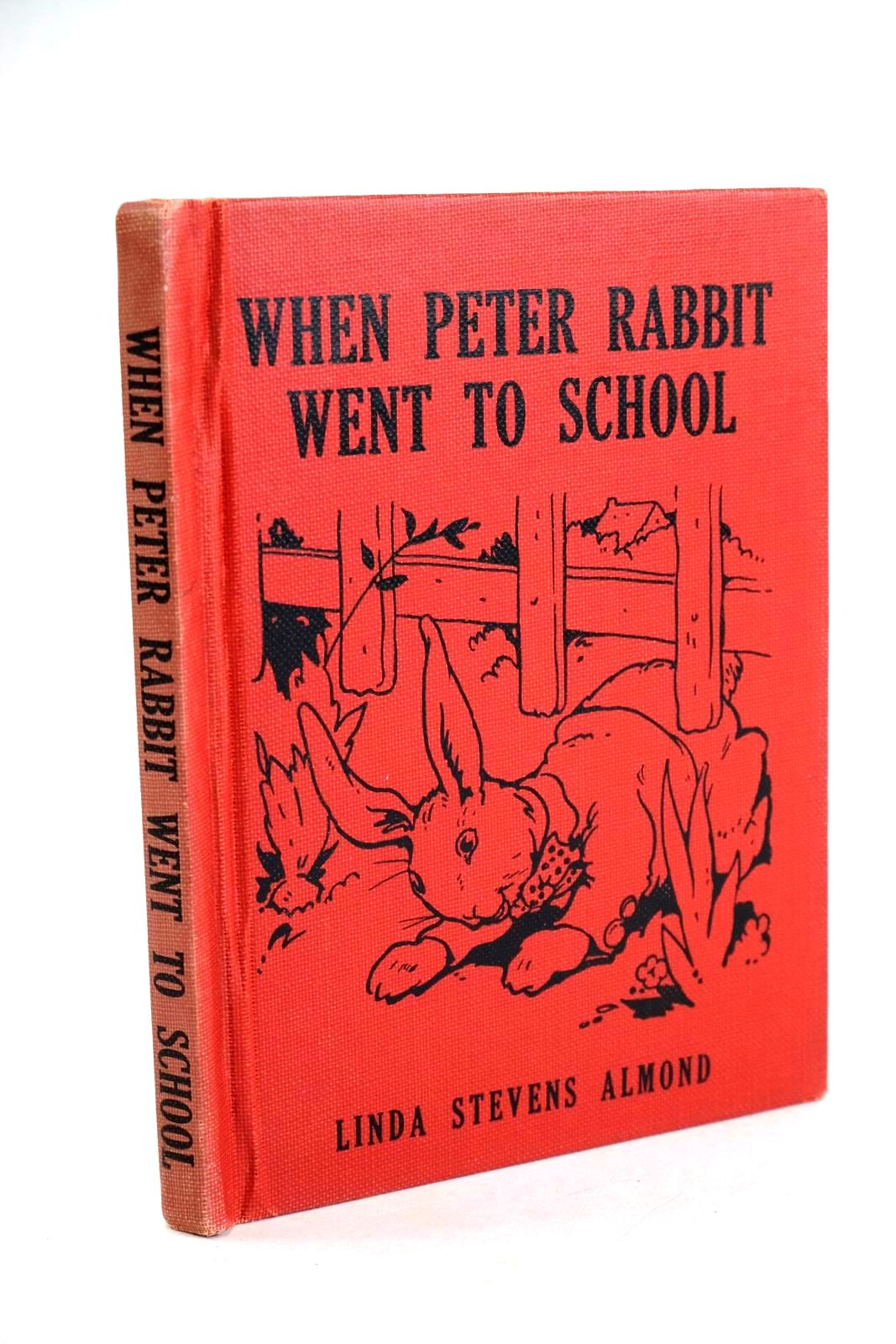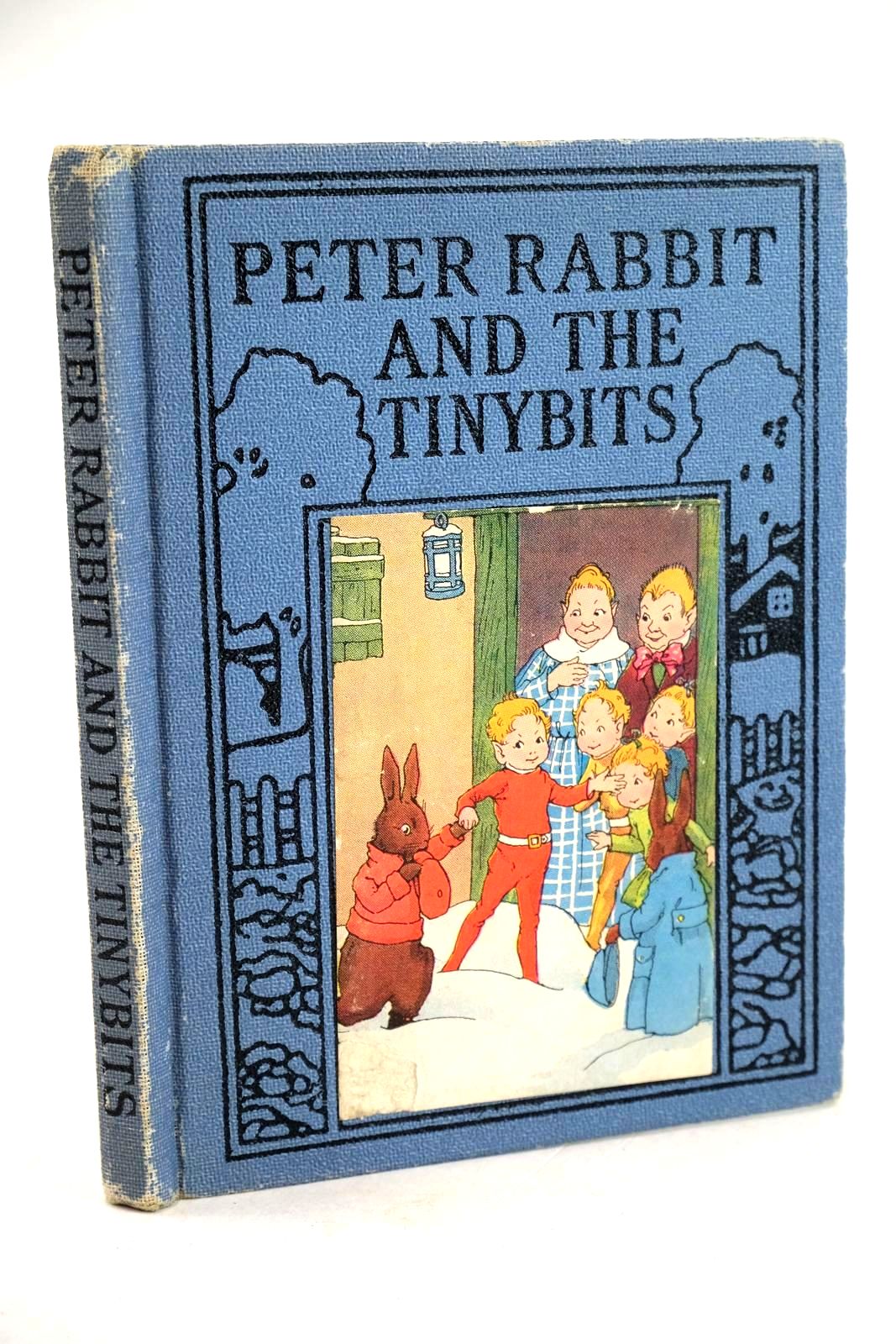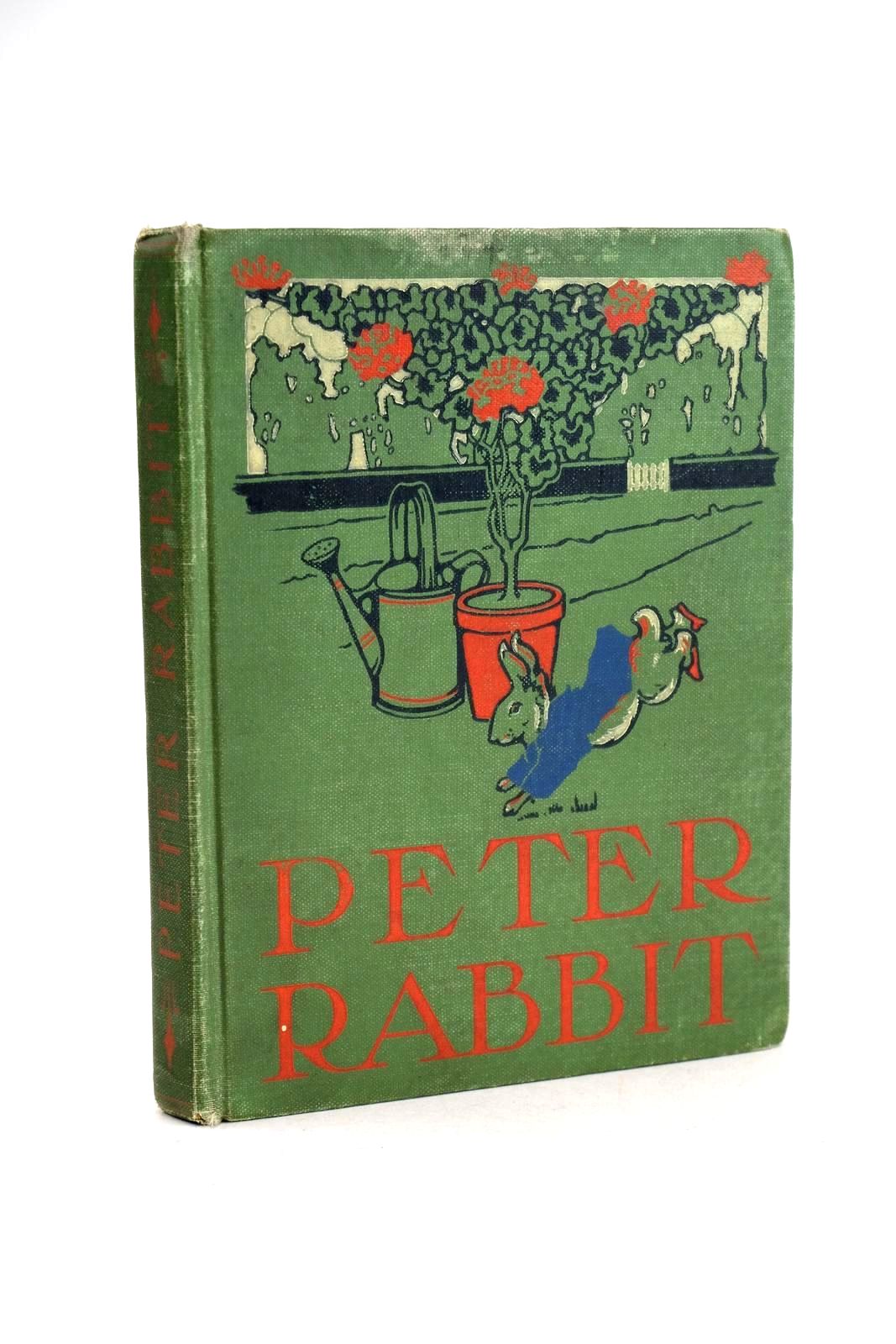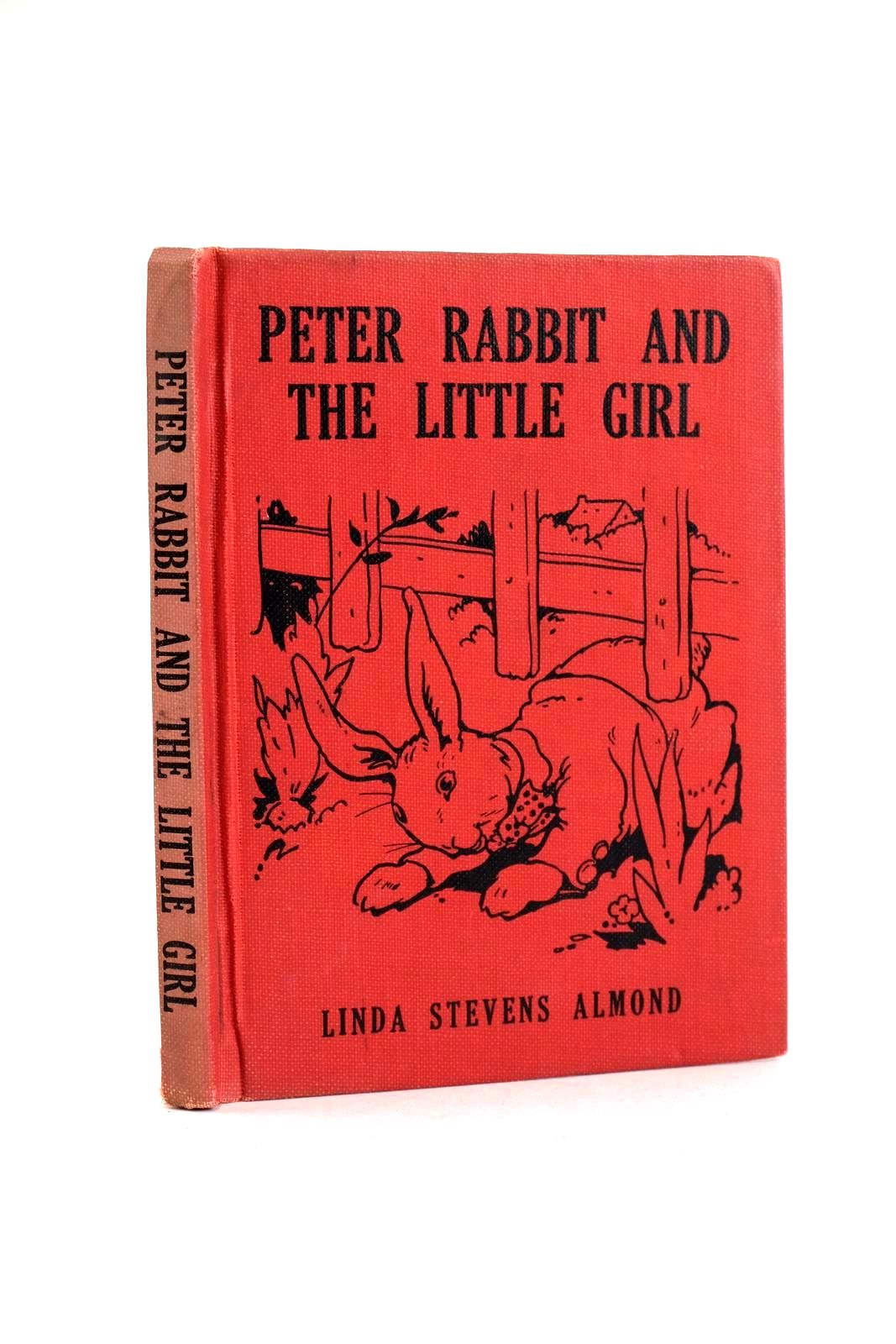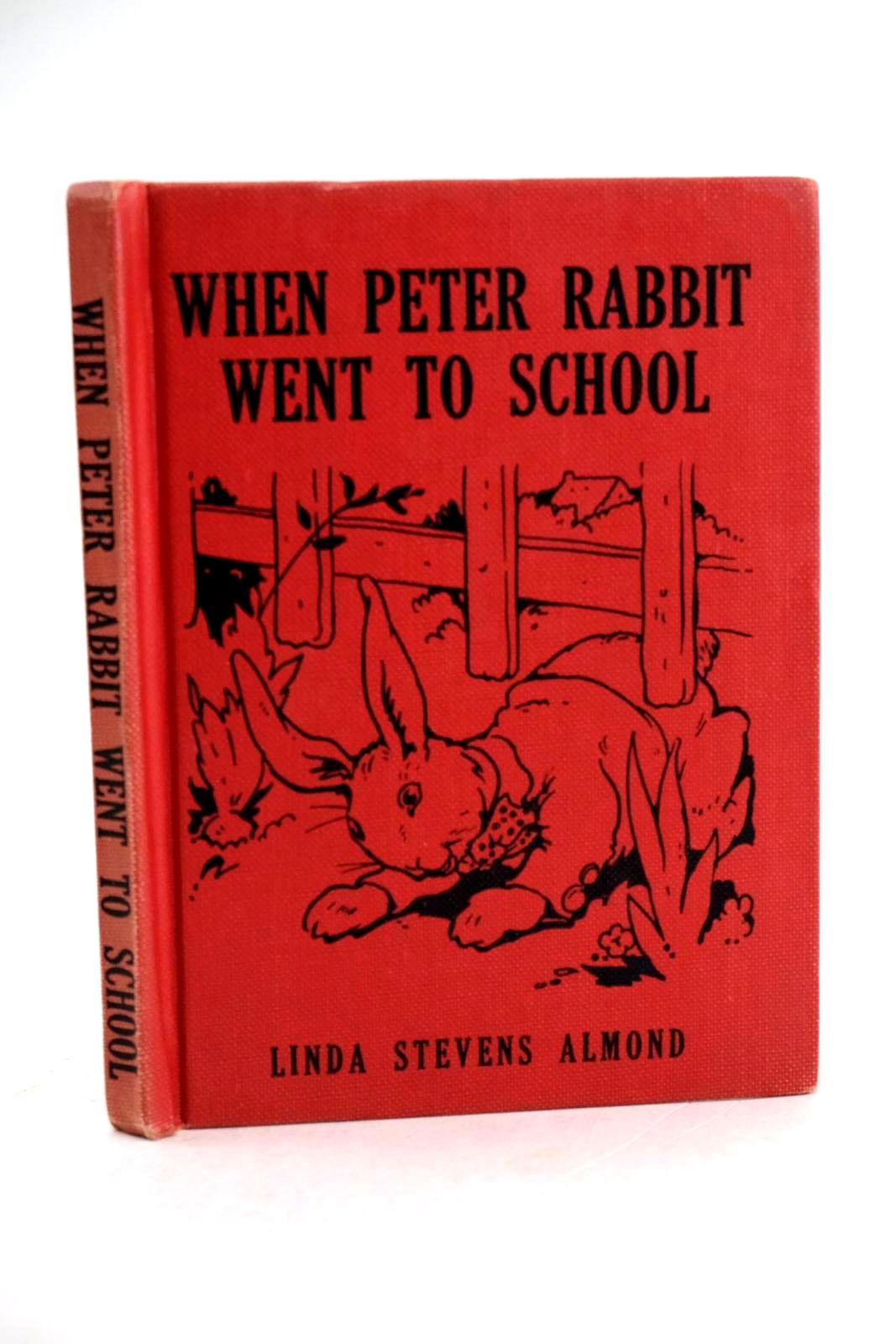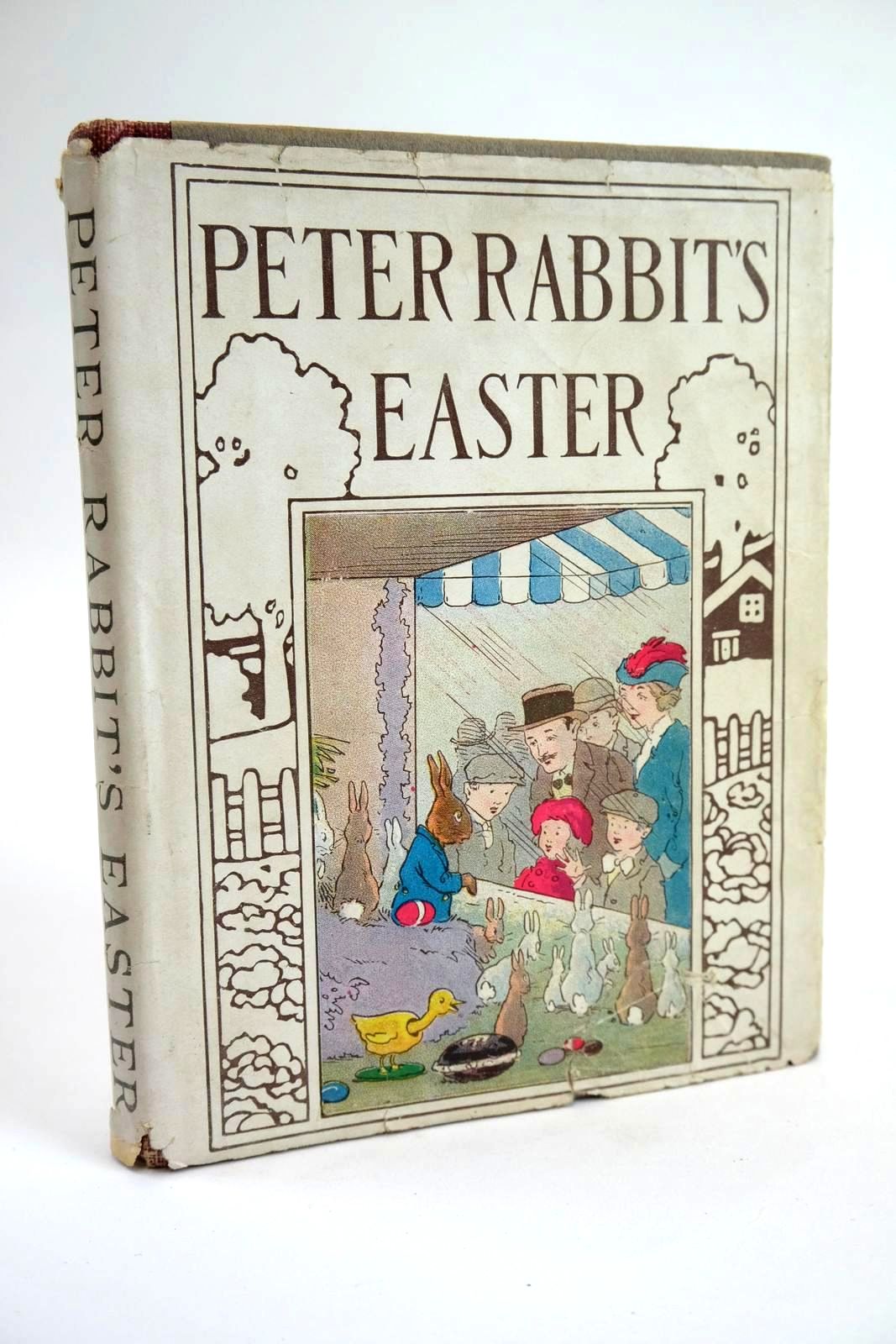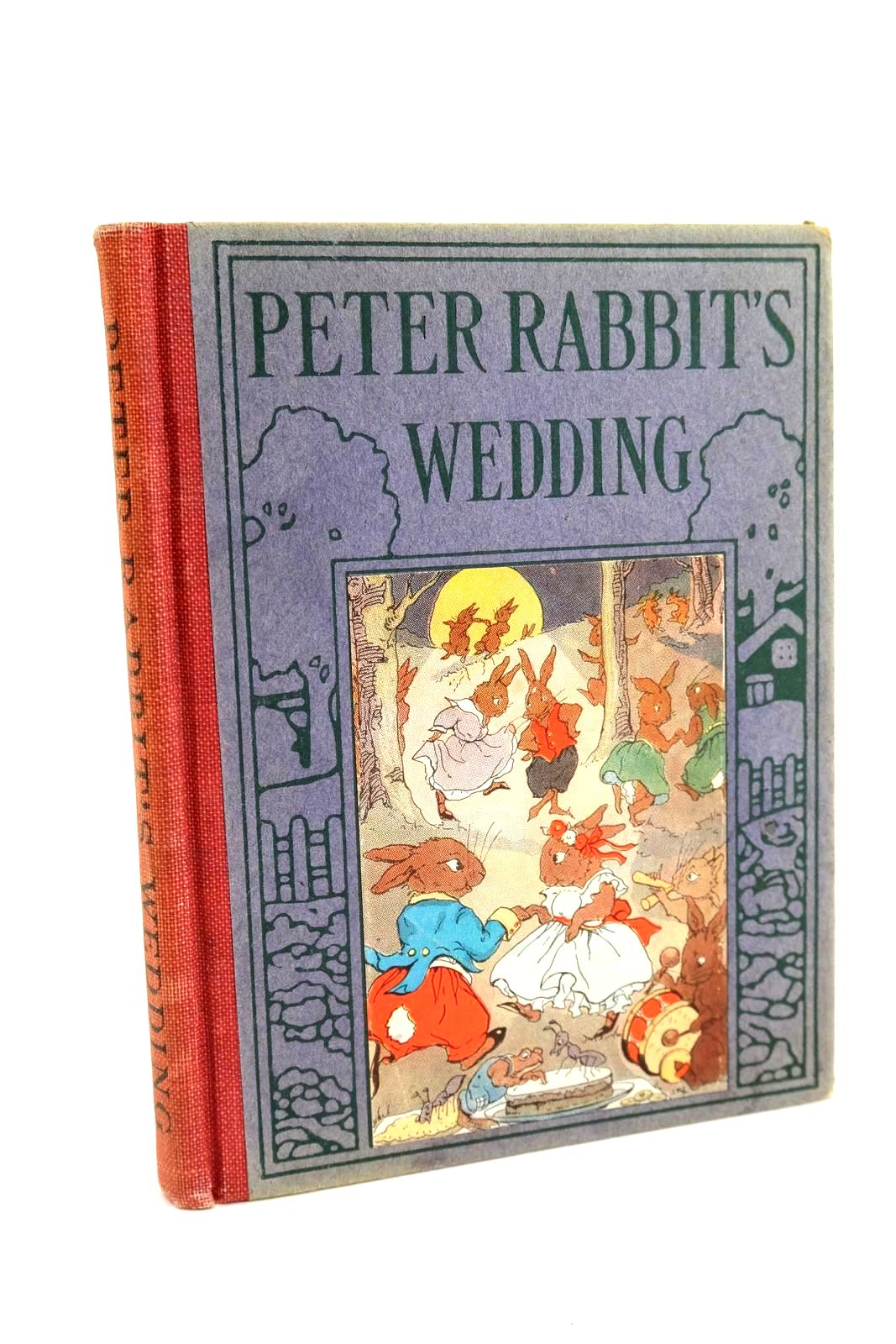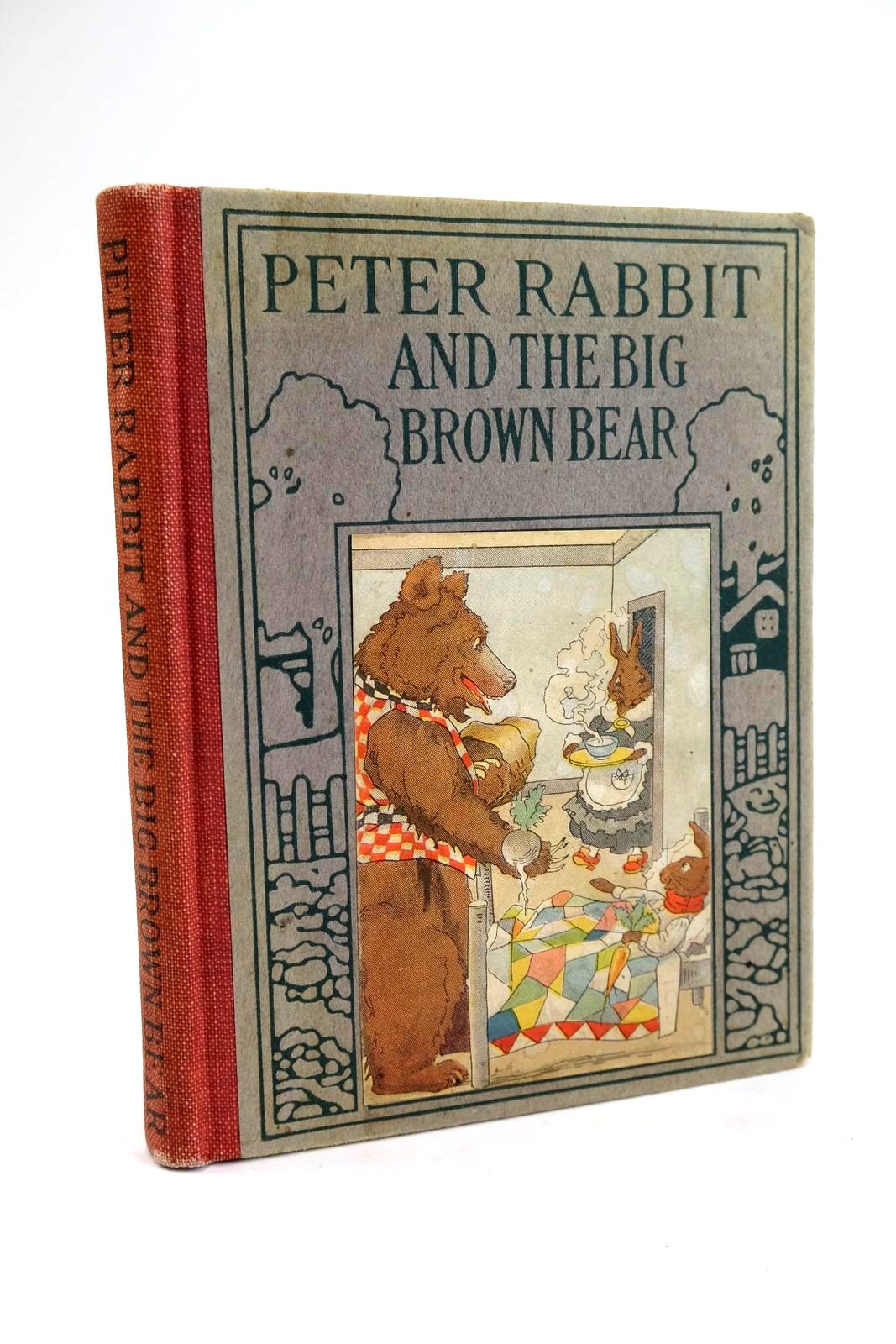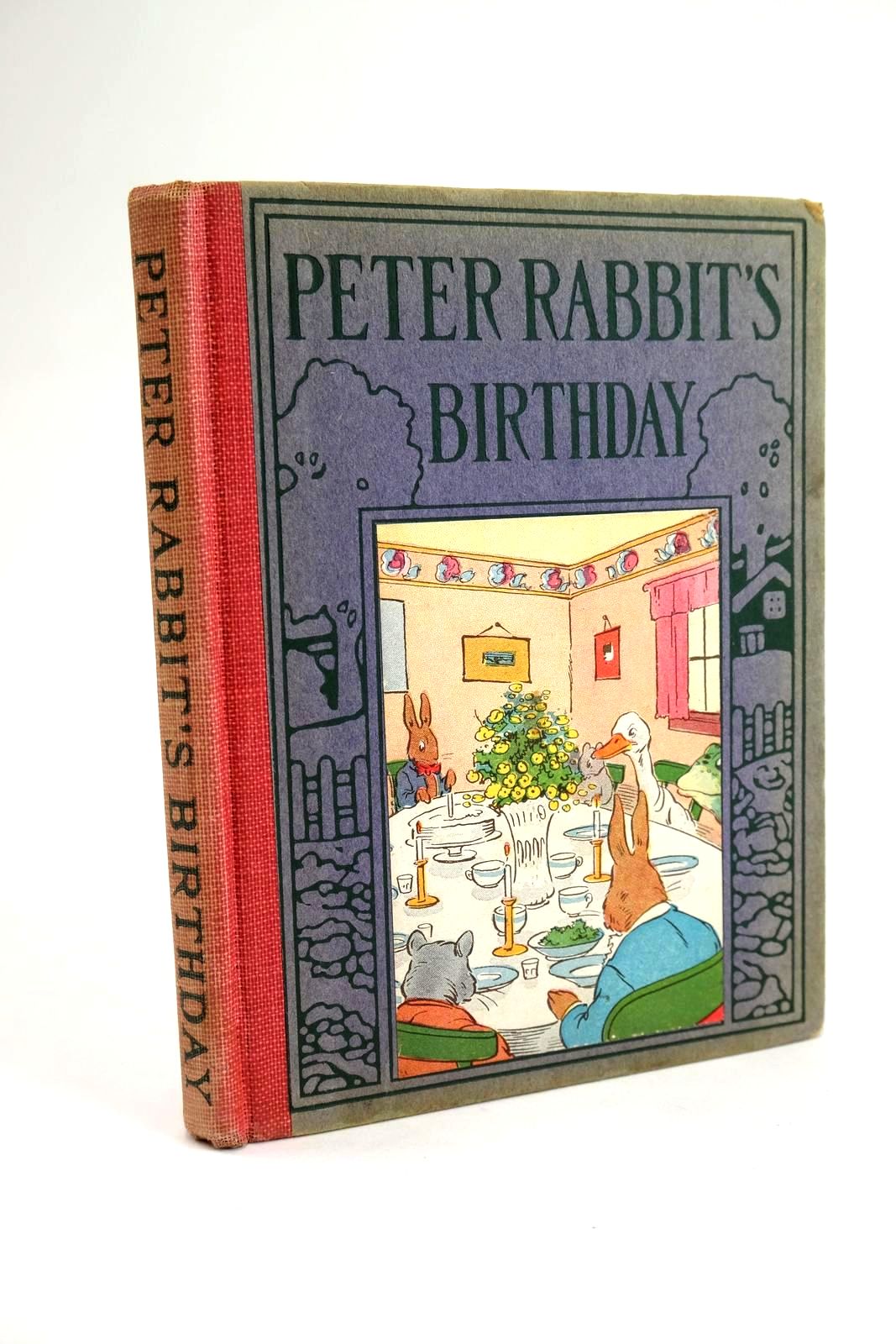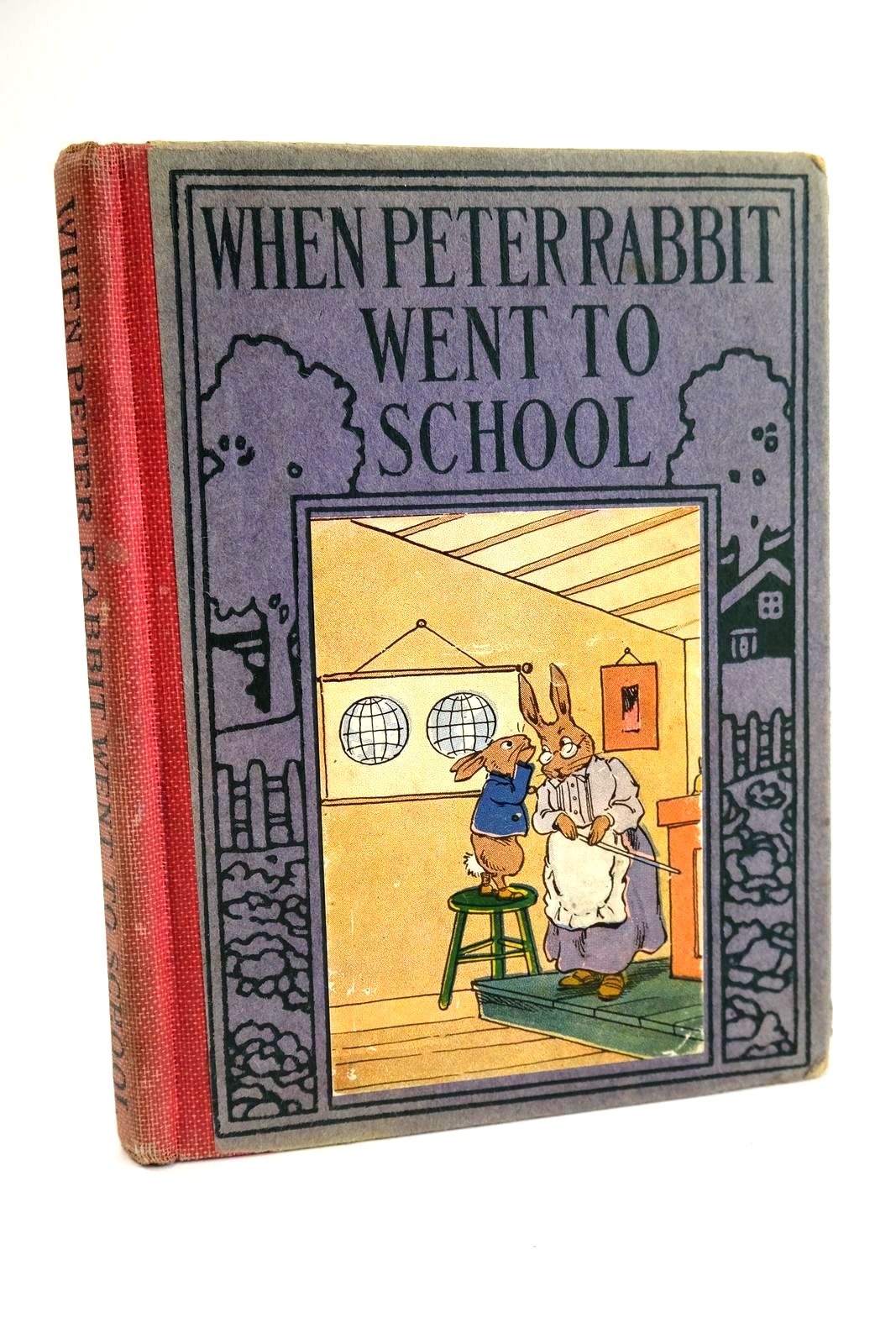Beatrix Potter
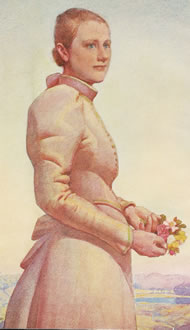 Helen Beatrix Potter was born in London in 1866. Her parents were prosperous but severe and Beatrix had a lonely childhood until the birth of her brother Bertram five years later.
Helen Beatrix Potter was born in London in 1866. Her parents were prosperous but severe and Beatrix had a lonely childhood until the birth of her brother Bertram five years later.
The highlights of her early years were annual trips to Scotland and the Lake District where her eyes were first opened to the beauty of the natural world. Beatrix collected every flower, insect or animal she could find. She often returned home laden with concealed toadstools, snakeskins, beetles, even dead hedgehogs and birds! The living creatures she collected would be housed in boxes and tins, the dead ones skinned and boiled so she could study their anatomy.
 She drew everything - pressed flowers, fungi, skeletons of field mice, snails reared in a flower pot and mice in a cardboard box. She kept a rabbit who spent most of his time curled up in front of the fire, a parrot cage full of bats and a hedgehog named Tiggy who drank from a dolls' cup! Her study of botany and biology was such that, had she not become a writer she would most likely have been an eminent scientist.
She drew everything - pressed flowers, fungi, skeletons of field mice, snails reared in a flower pot and mice in a cardboard box. She kept a rabbit who spent most of his time curled up in front of the fire, a parrot cage full of bats and a hedgehog named Tiggy who drank from a dolls' cup! Her study of botany and biology was such that, had she not become a writer she would most likely have been an eminent scientist.
From her earliest years Beatrix had the desire to write. At the age of 26 she began to write her picture letters for children which were to become the basis for her books. The first of these letters was written in 1893 and was sent to Noel, the five year old son of her former governess, Annie Carter, who later became Mrs. Moore. The story told the tale of a naughty little rabbit named Peter who found himself in trouble when he strayed into the garden of a certain Mr. McGregor. The letter was a great success and was followed by many more in subsequent years to Noel and his brothers and sisters. In 1900 she sent the story, complete with 42 pen-and-ink illustrations, to a number of publishers but all rejected it.

Beatrix decided to have it printed privately and, in 1901, 250 copies were published priced 1/6 each. They sold so well she had a further 200 copies printed with slightly amended text. This edition appeared in 1902 and again sold well.
In 1902 she approached Frederick Warne publishers again and this time they agreed to publish the book if she produced colour pictures instead of black and white. Beatrix was quite specific about the size of the book, that it should be small enough for little hands to hold. And so the first "trade" edition in the familiar small format appeared in 1902.


Beatrix went on to write 23 stories in the "Tales" series. Although most are in the small format there are a number of exceptions. "The Pie And The Patty-Pan", "Ginger And Pickles" and "The Roly-Poly Pudding" were all originally published in large format. The latter was reprinted in small format as "The Tale Of Samuel Whiskers" a number of years later. "The Fierce Bad Rabbit" and "The Story of Miss Moppet" were published as small format panorama books. Naturally these were very fragile and are difficult to find in good condition today. These were also reprinted later as small format books.
 In 1905 Beatrix became engaged to Norman Warne, her publisher's youngest son. Tragically and unexpectedly he died of leukaemia just weeks later at the age of 37. Consequently Beatrix buried herself in her work even further, purchasing a farmhouse in the small village of Sawrey in the Lake District. Although she remained in London at least half of the books are intimately and unmistakeably tied up with the farm. This is evidenced by the number of pictures in the books which show views of the inside of the house and the surrounding countryside.
In 1905 Beatrix became engaged to Norman Warne, her publisher's youngest son. Tragically and unexpectedly he died of leukaemia just weeks later at the age of 37. Consequently Beatrix buried herself in her work even further, purchasing a farmhouse in the small village of Sawrey in the Lake District. Although she remained in London at least half of the books are intimately and unmistakeably tied up with the farm. This is evidenced by the number of pictures in the books which show views of the inside of the house and the surrounding countryside.
 Now owned by the National Trust it is fascinating to visit the house and see for oneself the garden pictured in The Tale of Tom Kitten, and the huge kitchen range and view from the window as depicted in "The Tale of Samuel Whiskers or The Roly-Poly Pudding"
Now owned by the National Trust it is fascinating to visit the house and see for oneself the garden pictured in The Tale of Tom Kitten, and the huge kitchen range and view from the window as depicted in "The Tale of Samuel Whiskers or The Roly-Poly Pudding"
Beatrix was eventually married in 1913 to William Heelis, a Lake District solicitor, and from then on she lived and worked in Sawrey, spending the next 10 years devoting herself to the slow, traditional and practical task of learning to be a farmer.
This was when her interest in Herdwick Sheep developed and proved to be the happiest time of her life. When she died in 1943 she was remembered by her fellow farmers, not as the world-famous writer Beatrix Potter, but as Mrs. Heelis of Sawrey, president-elect of the Herdwick Association, and one of the shrewdest farmers in the Lake District.
Contributed by Chris Tomaszewski
References:
- The History of the Writings of Beatrix Potter by Leslie Linder
- The Art of Beatrix Potter with an appreciation by Anne Carroll Moore
(Published on 1st Oct 2013 )


